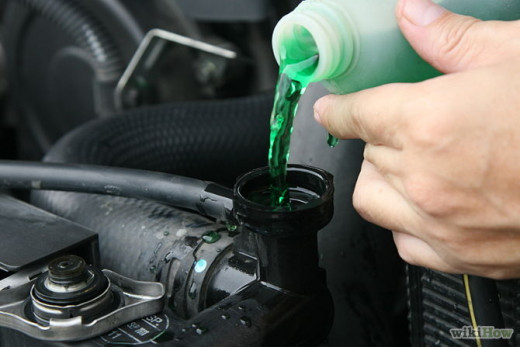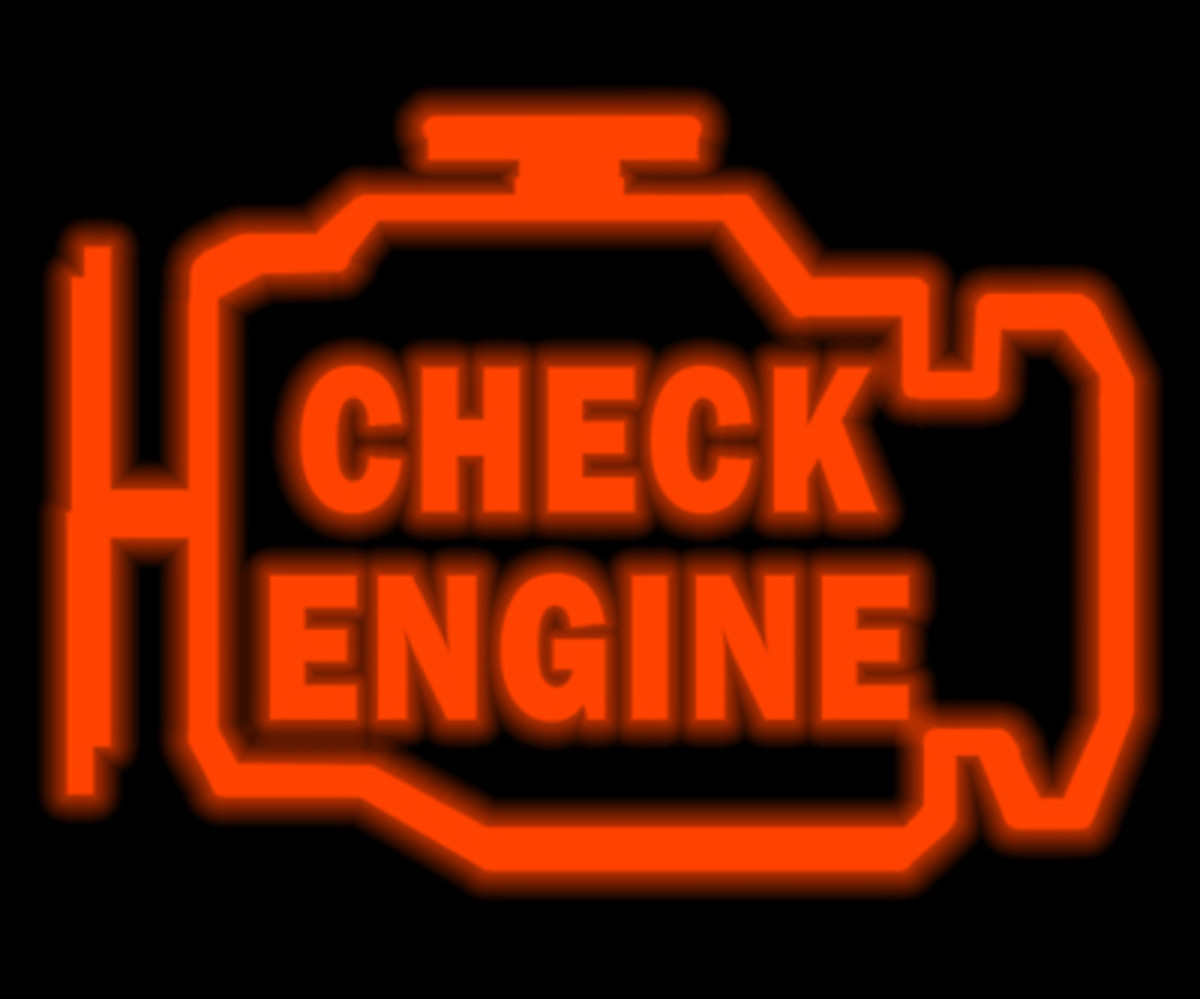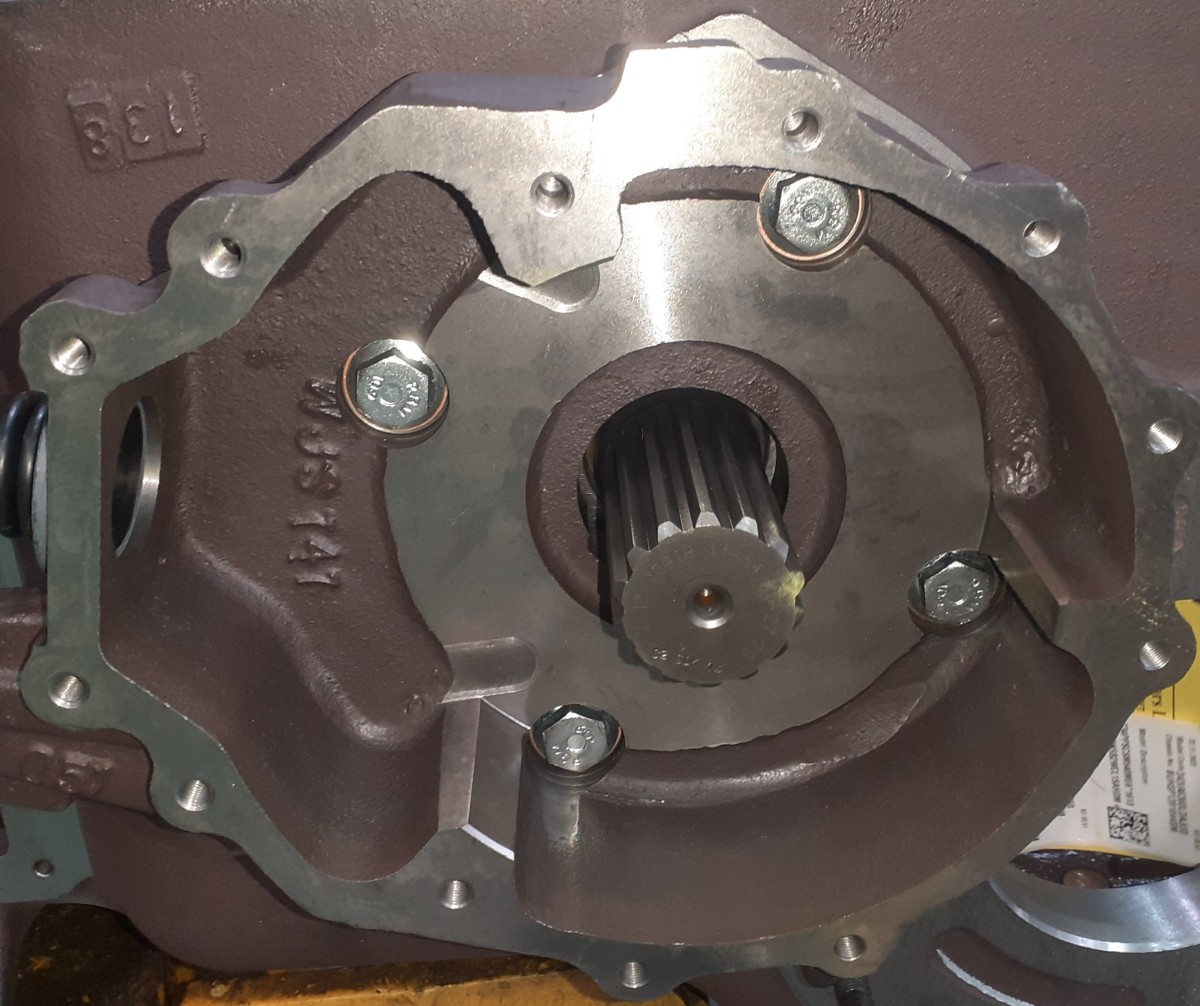5 Basic Car Maintenance Tips You Should Know

Cars built in the past 10 years are wonders of technology. They're safe, relatively reliable, and they feature a level of good build quality—so good that they hardly ever stop running. Thanks to the various regulations set upon by the government, excellent quality is always guaranteed. Then again, cars are still machines, and things inevitably break. And so, as responsible drivers/vehicle owners, it's imperative that we know the basics of car maintenance.
Of course, along with extreme technological advances come with technical complexities. Today's cars have more of everything—more components, more systems, and more parts that could potentially fail. But, hey, there's nothing regular check-ups can't fix, right? Not only do they help extend the service life of our vehicles, they also boost our confidence in knowing that we'll always have a pleasant ride.
So here are the 5 basic car maintenance tips every car owner should know.
1. Check the engine oil.
This is one of the most important things that you should check under the hood. The oil keeps the engine lubricated, allowing it to work efficiently and lessening the friction happening within this block of metal. Doing this is very easy. First make sure the car isn’t running and that it is parked on a level parking space. Just look around the engine for a dipstick, pull it out, wipe it clean using a clean cloth, put it back in, then pull it out again. Then look for the marks indicated on the dipstick. The oil level should be well within those marks. If the oil level is low, add more oil (just make sure you are using the same viscosity).
2. Check the belts.
There are a number of rubber belts that you can find under the hood. Some of these belts are easy to see while others may require some special tools before you can check them. Focus on the ones that you can see, for the others you may have to bring your vehicle to a service center. Look for any signs of wear and tear especially for any cracks or fraying. Timing belts and accessory drive belts should be checked after every 25,000 miles and should be replaced at 50,000 miles. If you need to replace them, always look for high quality accessory drive belts and components.


3. Check the coolant level.
The coolant keeps the engine from overheating so it is vital that you check this regularly. By regular it means at least once a month. Now coolants come in different colors, but usually these come in green or orange. In the engine bay look for a white and semi-transparent plastic container. There should be a marking printed on the outside of it showing the level of coolant. Make sure the liquid falls between the high and low marks. Add more coolant if you see that it’s near the low level mark.
4. Regularly change the oil of your car.
Changing the oil of your vehicle is important otherwise sludge may start to build up within the engine if you leave it unchanged for a long period of time. As to the correct time intervals between oil changes, it is always best to check the manual that came with your vehicle. Also, check for the correct type of oil and viscosity as indicated in the manual. Usually it is advisable to change the engine oil after every 5,000 miles.
5. Check the tires.
The tires are the only contact your vehicle has on the road so it is best that you check them as often as possible. Each time you go for a drive, before entering the vehicle, walk around it first and take a quick look at the state of the tires. And for at least once a month take a closer look at them and look for any cracks or any objects embedded in them. Also check if the tire pressures are correct. You’ll find the suggested tire pressure usually located by the door jamb of the vehicle or in the manual. Also, it is advised to replace tires after 6 or more years even if they don’t look too worn out.
Keep Safe on the Road: Be Responsible!
Along with all of the perks (oh, y'know, like long drives and fast food runs), there's a lot of responsibility that comes with owning a car—and routine maintenance and repair is one. It requires expertise, sure, but remember: your service manual is your best friend! Bottom line is: looking after your car properly is as crucial for keeping it on the road as it is for your safety, so stick to these tips and practice them regularly.



